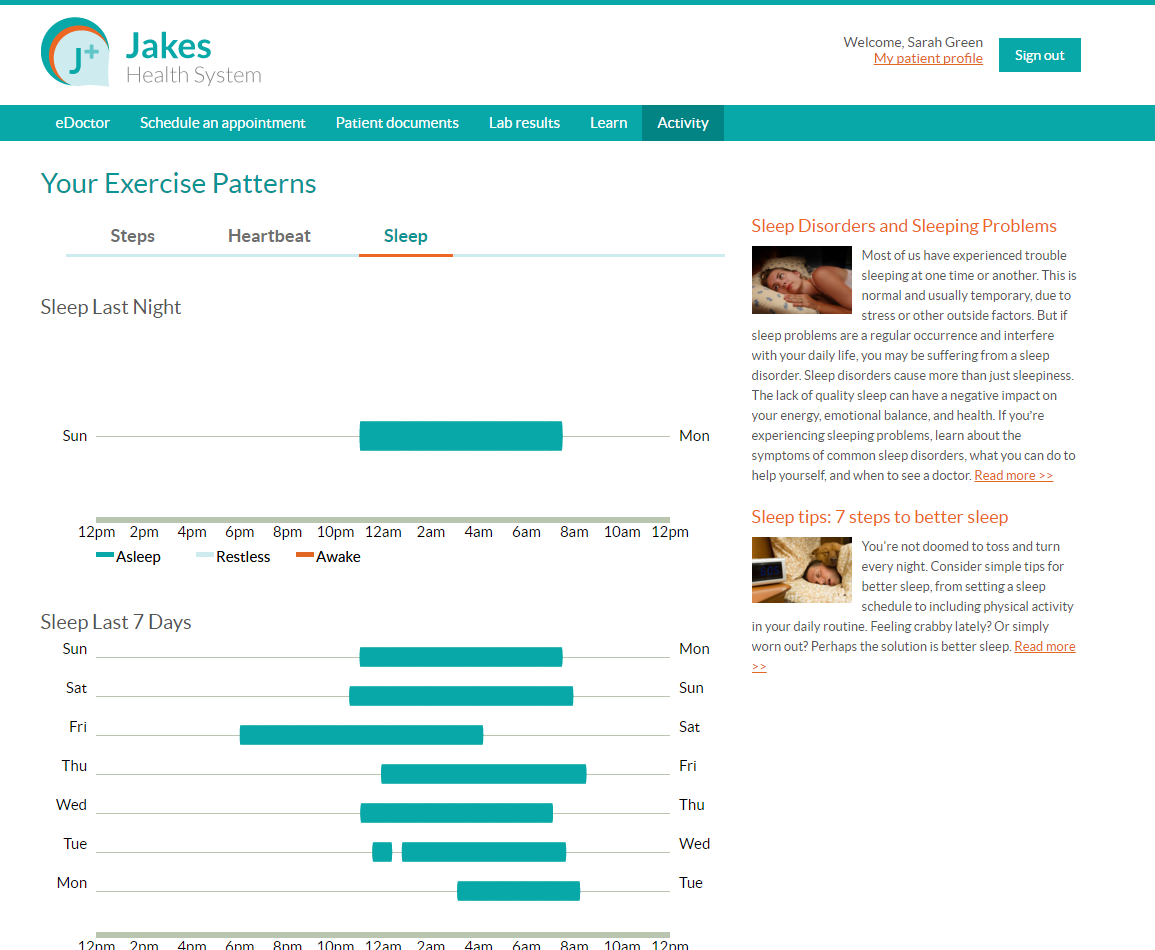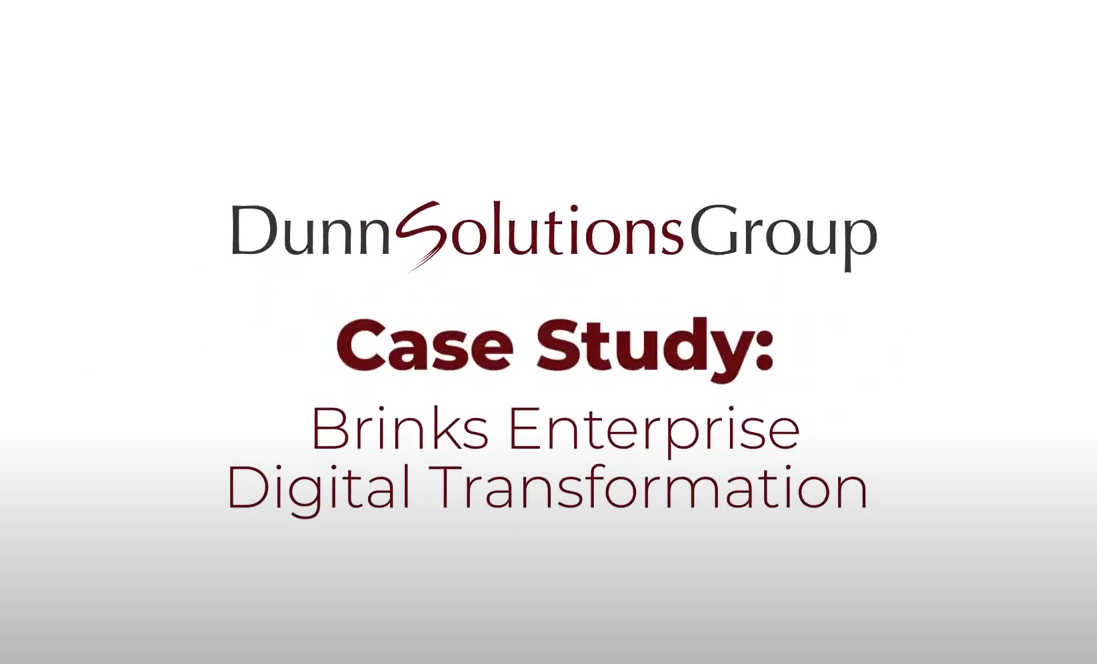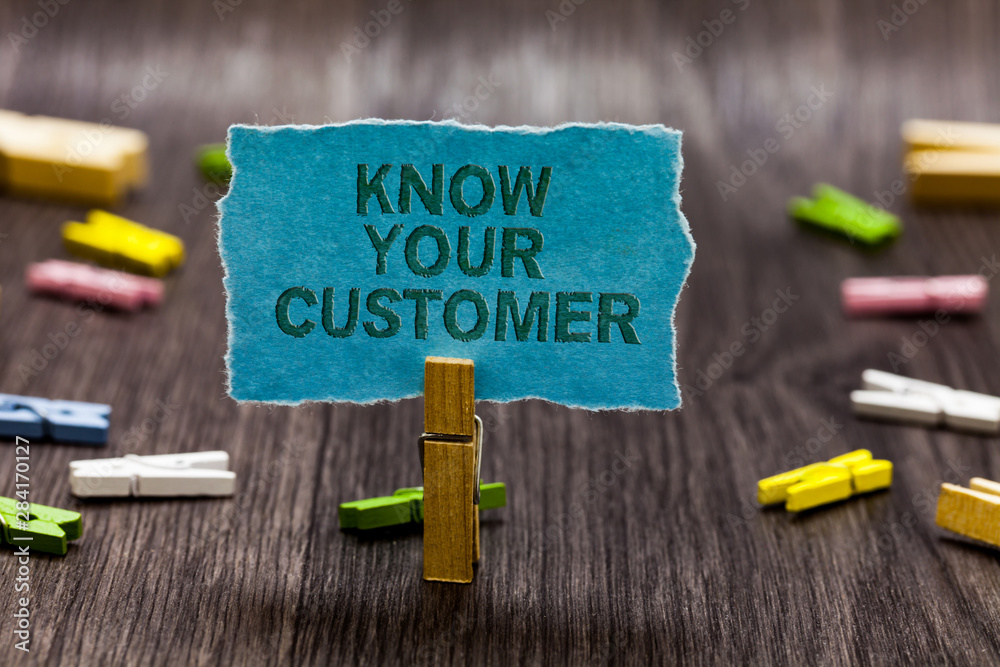
Vamsi Kosuru
1 Year Ago
In today’s digital age, companies have more information than ever about their customers. This information typically lives in different systems as it’s collected via different sources. But most organizations do not use the information they have been collecting to provide their customers with best possible experience when interacting with them online. Leveraging the information you have about your customers from multiple sources, and presenting them with that information in a way that is most useful for them can completely transform the way your customers interact with your organization online.
A prime example can be found in healthcare. Today people use different types of wearable devices to collect the information about their health. Additionally people may visit many different types of physicians and visit many different healthcare organizations. Imagine all this information that is being captured about their health being consolidated into one unified view. Imagine if a patient could login to one health website and it displays all of their exercise information, combines their medical information, and suggests better/different exercises based on that information!
So what is stopping us from using the information we already have to provide this kind of experience? One of the biggest challenges is that not all of the information is stored in the same location. As in the above example, of health records being stored in different systems based on the provider and hospital visited and exercise information and daily vitals from wearables being stored in other systems.
Pulling it all together
In order to solve the problem of capturing data from different systems and displaying it to users through a web interface, organizations need an integration platform – or “portal”. The portal should allow them to get information from different sources and present a unified view to patients. The Following features are crucial for a portal to have in order to create a game changing web presence for your organization:
- Core Platform: As a platform, it has to be able to help in building the basic features of the website really easily without a lot of technical knowledge. The core features will have to include different login options, a robust authorization system, and ability to run multiple sites within the same server.
- Out of the box capabilities that can be customized: Portal solutions should come ready with a large number of built in capabilities - like different collaboration applications, business productivity applications and so on. More important than that is these features are customizable according to the needs of the organization.
- Integration Points: It has to be very easy to easy to connect disparate systems with this platform easily. Apart from being easily integrated with, it is also crucial that the platform also allow us to consume or post content to the existing systems in your organization – via the integration platform.
- Content Management: As a web platform, it has to provide robust content management features including document management. It is also critical to support custom workflows.
User Experience Platforms – the modern portal
By definition a “User Experience Platform” (UXP) is a platform that brings information together from different sources in a uniform way. So User Experience Platforms would allow you to get information from different sources and display them to the user in a way that makes sense to the user in the context of what a user is trying to do. These platforms will allow users to use a single account to login into different applications. This will also allow users to get information from different systems using the same account and display the information in a single place. UXPs also provide a lot of integration points to connect with different systems and receive their data. Most UXPs can be customized to create a unique solution that fits your specific needs.
Examples
In this screenshot example you can see that the blood pressure information about the patient is being displayed. But the data that is powering the charts is coming from different sources, including the different hospitals visited. It can also integrate into one view the data from wearable devices, or other types of technology.

This scenario is even more interesting. It is collecting data from an individual’s wearable device, not only displaying graphs with that data, but also analyzing the data and suggesting articles that are most appropriate based on the data! This is a perfect example using the data that we already have and presenting the information that is only relevant to that user.

Regardless of industry, organizations are able to consolidate business transactions and content to create a game changing interactive web presence for consumers with the use of portal technology. UXPs are able to not only integrate many different sources of information in one Single Sign On source, but also enable organizations to strategically target content to each individual user based on that information as well. Dynamic targeted content is going to be an integral part of new generation portals as it increases user engagement tremendously. This use of consumer information provides a data driven content display that we think forward thinking organizations need to leverage in order to create a better experience, and a better value, for their users.




